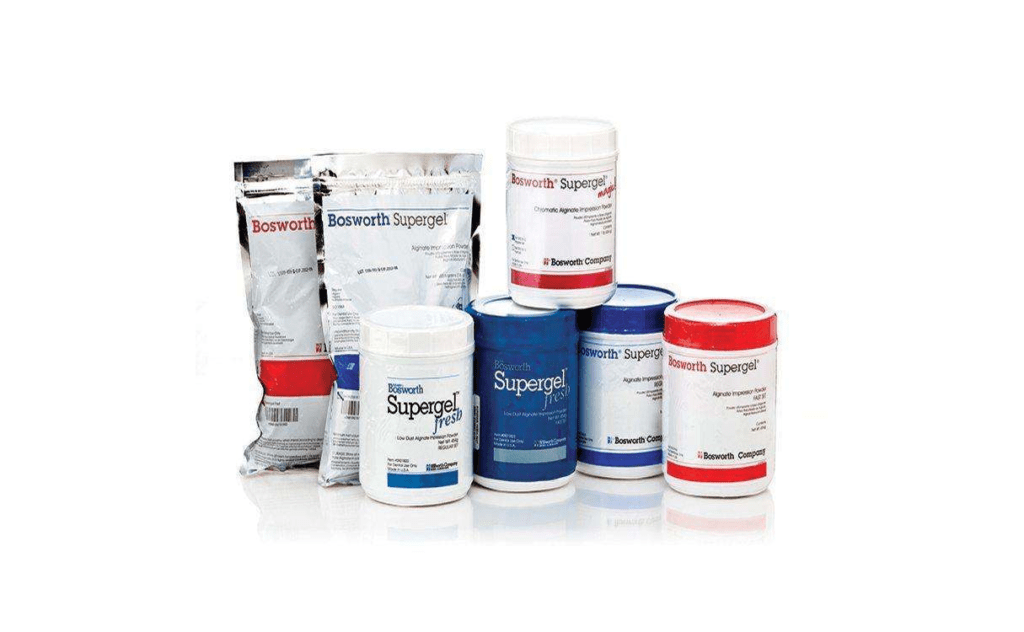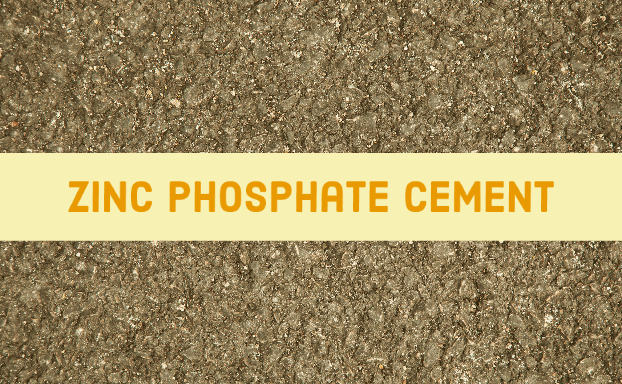In this post we will learn about Manipulation of Agar, Conditioning Unit and Properties of Agar
In previous post we learnt about Hydrocolloids, Sol-Gel Transformation, Uses of Agar – Agar in Dentistry, Composition, Commercial Brands, Supplied As, Preparation and Types of Agar. If you haven’t read that, we suggest you read that first by clicking https://dentalpockets.com/blog/agar-agar-in-dentistry/
Manipulation of Agar
The following steps are recommended for manipulation of Agar
Heat in water at 100 ° C (212 °F) for 8 – 10 minutes.
Store in water at 65 ° C (149 °F) for 8 – 10 hours
Place in a tray at 65 ° C (149 °F)
Temper in 46 ° C (115 °F) water for 2 minutes before taking the impression to increase the viscosity and pressure applied to the syringe material, also making comfortable for the patient.
The solution is taken directly from the storage compartment, is first ejected at the base of the preparation and then the remainder of the prepared tooth is covered.
In meantime, tray material is tempered ,water soaked outer layer is soaked with a dry guaze before placing to ensure good union between tray and syringe material. The tray material is positioned with passive pressure.
ADA specifications no. 11 specifies that gelation temperature must not be less than 37 °C (98.6 °F) or more than 45 °C (113 °F)
Gelation is accomplished by circulating cool water with a time not less than 5 minutes.
After gelation, impression is withdrawn in one piece, parallel to line of withdrawal of prepared tooth.
Excess is trimmed and impression is stored in 2% potassium sulfate, controls water volume and has better surface integrity in stone for 5 to 20 minutes.
The potassium sulfate solution give a harder surface to the stone die material
The potassium sulfate should not be washed out of the impression before the dies are poured.
The impression must be blown carefully; the impression should not be dehydrated, but an excessive amount of water or moisture should not be left in the impression.
Impression must be poured immediately after retrieval, and disinfected with iodophor, bleach or glutaraldehyde.
The cast should be kept in contact with impression for at least 30 minutes, or preferably 60 minutes.
Conditioning Unit
Boiling Liquifaction Section: 10 min in boiling water (100 °C). Every time material is reliquified, 3 min should be added. This is because it is more difficult to break down the agar brush heap structure after a previous use.
Storage Section: 65 – 68 °C temperature is ideal. It can be stored in sol condition till needed.
Tempering Section: 46 °C for 2-10 mins with material loaded in the tray.
Properties of Agar
Gelation Temperature
After boiling for 8 minutes, the material should be fluid enough to be extruded from the container. After tempering, the sol should be homogeneous and shold set to a gel between 37 °C and 45 °C when cooled.
Permanent Deformation:
The ANSI/ADA specifications requires that the recovery from deformation be greater than 96.5% (permanent deformation be less than 3.5%) after the material is compressed 20% for 1 second.
Flexibility:
4% to 15%. Materials with low flexibility can be accommodated in areas of undercuts by providing somewhat more space for impression material so it is subjected to a lower percentage of compression during removal.
Strength:
Compressive Strength: 8000 g/cm2
Tear Strength: 800 to 900 g/cm
As agar hydrocolloid impressions are viscoelastic, the strength properties are time dependent, and higher compressive and tear strengths occur at higher rates of loading.
Compatibility with Gypsum:
Agar is more compatible with gypsum model materials than alginate.
Distortion during gelation:
Contraction occurs during physical change from sol to gel.
If the material is held rigidly in the tray, material will shrink towards the center of its mass, thereby creating larger dies.
Since sol is the poor thermal conductor, rapid cooling may cause concentration of stress near the tray where gelation first takes place.
Therefore water at 20 °C is suitable for cooling.
To buy premium agar visit https://dental.keystoneindustries.com/product/supergel-alginate-impression-material/


